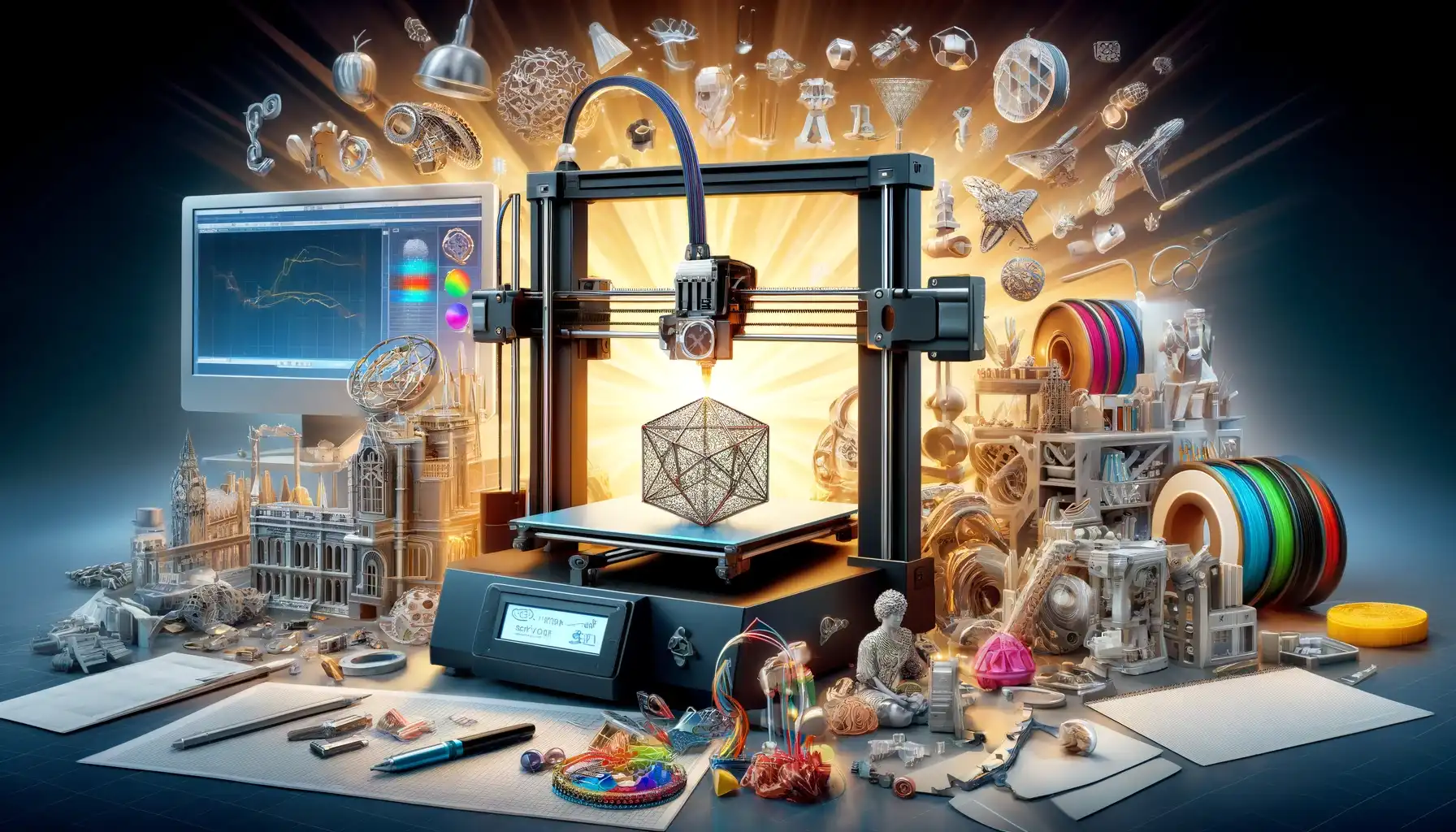3D printing - the basics
If you're interested in the world of 3D printing but don't know where to start, you're in the right place. In this blog post, we will explore the basics of 3D printing, what you need to know before you start, and what equipment is essential for this exciting hobby. Let's get started!
3D printing, also known as additive manufacturing, is a process that creates a physical object from a digital design. It works by layering material upon material, gradually building the desired object in three dimensions. This technology has revolutionized many industries, from healthcare to aerospace, and now it's accessible to hobbyists and enthusiasts at home.
Before You Start
Learn the Basics of 3D Design
Before you dive into 3D printing, it's beneficial to have a basic understanding of 3D design. Software such as Tinkercad, Blender, or SketchUp can help you create your digital models. Many of these tools are free, and there's a wealth of tutorials available online to get you started.
Understanding Different Types of 3D Printing
There are several types of 3D printing, including Fused Deposition Modeling (FDM), Stereolithography (SLA), and Selective Laser Sintering (SLS). The most commonly used type for beginners is FDM, which is generally the most affordable and uses a variety of materials, such as plastic filaments.
What Equipment You Need
3D Printer
The first and most obvious piece of equipment you need is a 3D printer. When choosing a 3D printer, consider factors like the build volume (how large an object the printer can create), the type of materials it can use, and its resolution (the level of detail it can print).
Some excellent beginner-friendly 3D printers include the Creality Ender 3 V2, the Artillery Sidewinder X1, and the Anycubic i3 Mega. These models offer a good balance of price, ease of use, and print quality.
3D Printing Filament
The filament is the material your 3D printer will use to create objects. The most common materials are PLA (Polylactic Acid) and ABS (Acrylonitrile Butadiene Styrene). PLA is biodegradable and easy to work with, making it a good choice for beginners. ABS is more durable but requires a higher temperature to print.
3D Modeling Software
As mentioned earlier, you'll need 3D modeling software to create your designs. Tinkercad is an excellent choice for beginners, while more advanced users might prefer software like Fusion 360 or Blender.
Slicer Software
A slicer is software that converts your 3D model into instructions that your printer can understand. Some popular options include Ultimaker Cura, PrusaSlicer, and Simplify3D.
Starting Your First Print
Once you've got your equipment, you're ready to start printing! Begin with a simple object to get a feel for the process. There are plenty of online repositories, such as Thingiverse or MyMiniFactory, where you can download models.
Once you've chosen your model, you'll import it into your slicing software, adjust the settings (like print speed, layer height, and temperature), and then export it to a format your printer can read, usually .gcode. From there, load your filament into your printer, transfer the file, and start your print!
Remember, patience is key in 3D printing. It may take several hours for a print to complete, and you may not get perfect results on your first try. But with some practice and perseverance, you'll soon be creating amazing 3D objects in no time!
Recommended Resources for Further Learning
Here are several recommended resources across various media to help you further your knowledge and skills in 3D printing.
These resources should provide comprehensive support for anyone interested in diving into the world of 3D printing, whether they're hobbyists or looking to develop professional skills.


